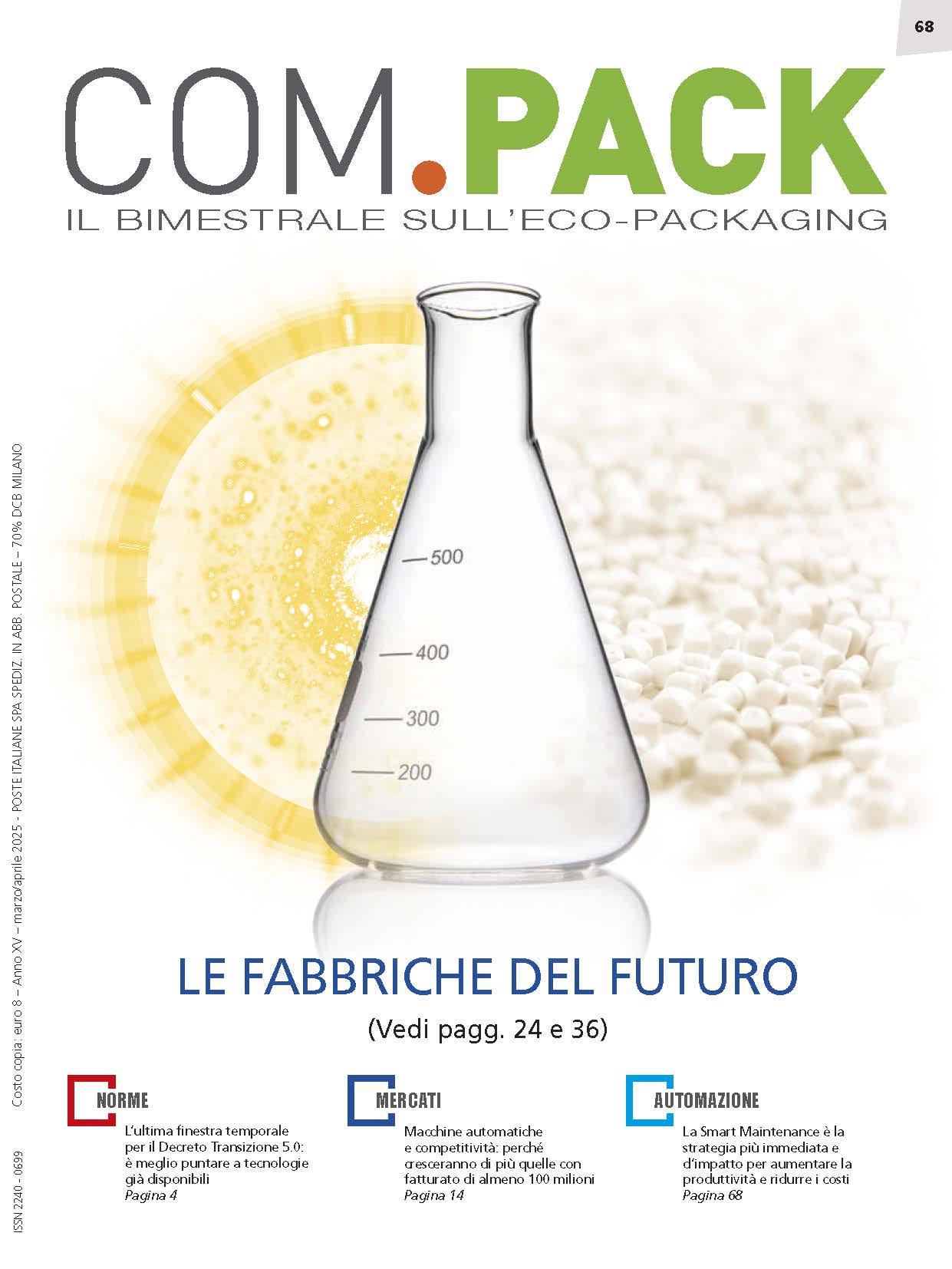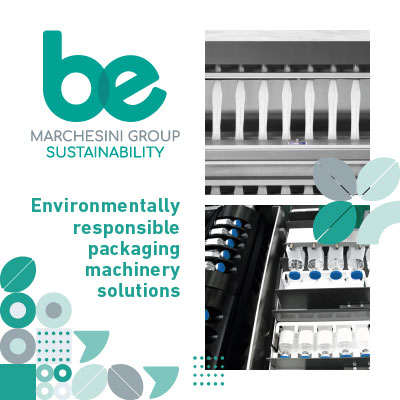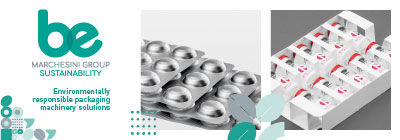UK RDF-Refuse Derived Fuel –IT – Combustibile da rifiuti-CDR – F Combustible issu des déchets-CIDD – D Abfall Brennstoff-AB – E Combustibles derivados de residuos-CDR
Fuel derived from municipal solid waste by undergoing treatment that eliminates the substances that can be dangerous for combustion and guarantees adequate heat output (in Italy this has been defined in Law 22 of 5 February 1997). RDF is composed of the unsorted dry portion of collected municipal solid waste and the portion of the sorted waste that is scrapped. Up to 50% of the weight of RDF can contain non-chloride plastics, laminated cartons (for example beverage cartons), synthetic non-chloride rubbers, artificial and synthetic resins and fibres, and tires. The addition of these materials increases heat output (which by law must reach at least 15,000 kJ/kg) but also raises the content of dangerous substances (chloride, sulphur, heavy metals) which are limited to allowable maximum levels. RDF, which is in the shape of a cylindrical block called and eco-bale, is burned in incinerators (dedicated plants equipped with heat energy recovery systems) or in industrial plants (cement factories, steel and metalworking factories, etc.).
Combustibile ricavato dai rifiuti urbani mediante trattamento finalizzato all'eliminazione delle sostanze pericolose per la combustione e a garantire un adeguato potere calorifico (per l'Italia, definizione data dal Decreto Legislativo 5 febbraio 1997, n. 22). Il CDR è composto dalla frazione secca dei rifiuti urbani raccolti in maniera indifferenziata e dalla frazione scartata dalla selezione dei rifiuti provenienti da raccolta differenziata. Può contenere fino al 50% in peso di plastiche non clorurate, cartoni poliaccoppiati (ad esempio contenitori per bevande), gomme sintetiche non clorurate, resine e fibre artificiali e sintetiche, pneumatici. L’aggiunta di questi materiali incrementa il suo potere calorifico (che per legge deve essere almeno di 15 mila kJ/kg) ma anche il contenuto di sostanze pericolose (cloro, zolfo, metalli pesanti), fissate entro limiti massimi consentiti. In forma di blocchi cilindrici denominati ecoballe, il CDR viene bruciato negli inceneritori (appositi impianti dotati di sistemi di recupero dell'energia di combustione), oppure in altri impianti non specifici (cementifici, impianti siderurgici, ecc.).














